Sickenly Sweet, Part 3: Saccharine
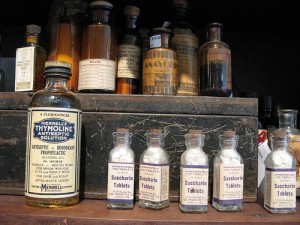
Saccharin Bottles Circa 1900
If you have perused this site or, even better, read Ramiel Nagel’s Cure Tooth Decay, you know that refined sugar is bad for your teeth not because it “sticks” to them as conventional dentistry would have you believe, but through changes in blood chemistry.
Whether it is for the prevention of cavities or for weight control, many people mistakenly turn to artificial sweeteners or other sugar substitutes.
Artificial sweeteners like saccharine, sucrolose and aspartame are not safe to consume.
Some artificial sweeteners may be worse than others. Proponents now claim saccharine is the safest of the three - despite its controversial history.
Saccharine was first discovered in 1878 by a chemist, Constantin Fahlberg, at Johns Hopkins University who was analyzing the chemical compounds in coal tar. Later one evening while at home, he inadvertently tasted his hand, which had some residual on it. It tasted incredibly sweet. He eventually patented it and named it saccharin after the word Saccharine, which means resembling sugar.
Scientists are still not sure to this day WHY benzoic sulfamide, or saccharine is so sweet. Sweet to the tune of anywhere from 200 to 700 times sweeter than table sugar.
As for the controversy over the past 134 years, as early as 1907 the United States government was investigating saccharine. Initial opponents viewed it as wrong because it was a cheap alternative to the more highly valued sugar and it was ruled “adulterated” through the Pure Food and Drug Act’s 1911 Food Inspection Decision. Even President Theodore Roosevelt got involved in the fray, fiercely defending the saccharine he had come to love. By 1912 it was declared harmless.
Saccharine was first used in a truly widespread manner after sugar became scarce during World War I.
It gathered significant momentum during the dieting crazes of the 1960s and 1970s.
The Federal Food and Drug Administration first proposed a ban in 1977 based on Canadian research that reported that laboratory rats consuming saccharine developed bladder cancer. The ban was put on hold after an outcry from the diabetic community, and eventually withdrawn and replaced by a warning label.
As the accuracy of the initial bladder cancer findings were further attacked, the government removed the requirement for warnings in 2000 and removed it from the list of potential carcinogens.
However, Nagel says that “a wide body of evidence and concern exists regarding the hazards of artificial sweeteners and recommends checking out .
In addition to Sweet-N-Low packets, saccharine is widely used in all sorts of processed foods.
Because Saccharine has been linked with bladder cancer, it is not a safe replacement for sugar when you are facing tooth decay. Rather, Nagel recommends using only natural sweeteners in moderation, or taking a break from sweeteners in order to remineralize cavities fast.
And it is also found in almost all mass-produced toothpastes. They also contain toxic fluoride, hydrated silica, titanium dioxide, glycerin and sodium lauryl sulfate - all substances Nagel says should be avoided. In Cure Tooth Decay, Nagel recommends natural health cleaners from the .
In our next installment in the Sickenly Sweet Series, we will take a look at aspartane, better known as Nutrasweet.
References:
1. Remsen & C. Fahlberg (1880) "On the oxidation of orthotoluenesulphamide," American Chemical Journal, vol. 1, pages 426-439.
2. "Proposition 65." OEHHA. Web. 20 Apr. 2012. <>.
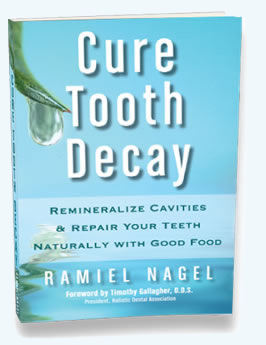


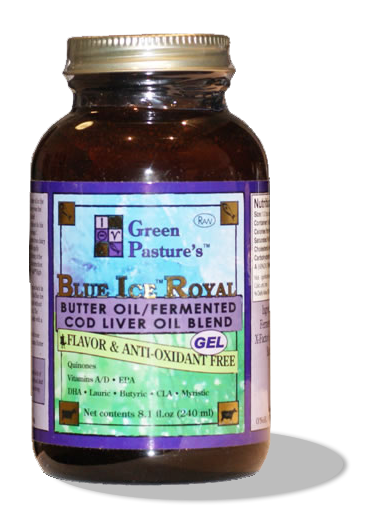
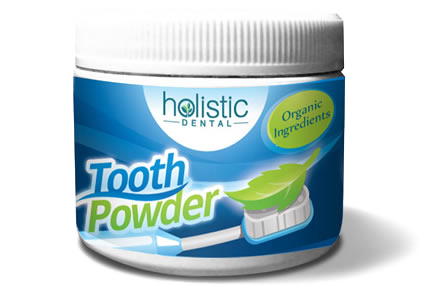
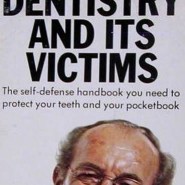 The One Thing that Shocks Dentists
The One Thing that Shocks Dentists Diet Recovery: e-Book Review
Diet Recovery: e-Book Review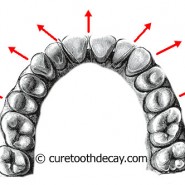 Assembly Line Orthodontics Can Damage Faces
Assembly Line Orthodontics Can Damage Faces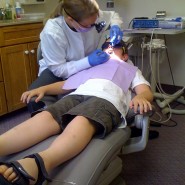 Pediatric Dentistry – Possible Inadequacies
Pediatric Dentistry – Possible Inadequacies Magical Toothpaste Too Good To Be True
Magical Toothpaste Too Good To Be True Fluoride: A Toxic Waste, Part 2
Fluoride: A Toxic Waste, Part 2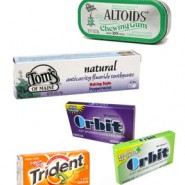 Sugar Alcohols and Tooth Decay
Sugar Alcohols and Tooth Decay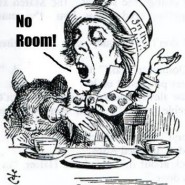 Mounting Environmental Mercury Concerns – But What About Our Mouths?
Mounting Environmental Mercury Concerns – But What About Our Mouths?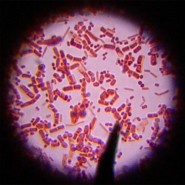 Bacteria Does Not Cause Disease – Raw Milk And Tooth Decay
Bacteria Does Not Cause Disease – Raw Milk And Tooth Decay Type 2 Diabetes Epidemic in Children; Dentistry and Tooth Decay
Type 2 Diabetes Epidemic in Children; Dentistry and Tooth Decay


